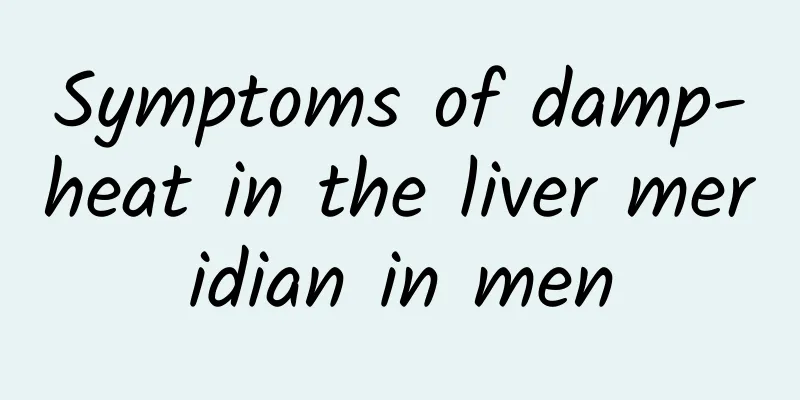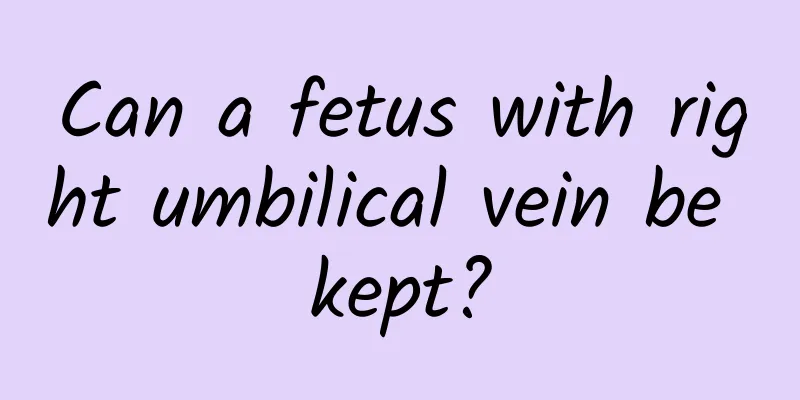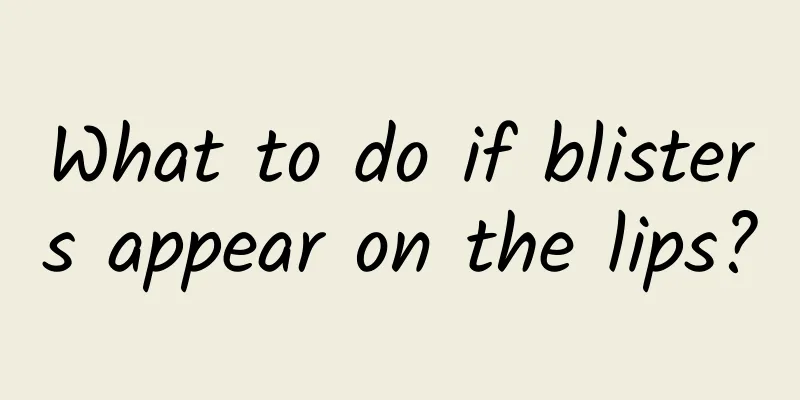Treatment of complicated febrile shock

|
I believe that many people do not know the cause of the symptom of complicated febrile seizure, so no one knows how to treat the symptoms of complicated febrile seizure. Complicated febrile seizures are caused by respiratory infections and infectious diseases due to high fever, which mainly occur in children and will cause children to have symptoms of high fever. We need to control seizures by cooling down and take medicine according to the doctor's advice. Febrile convulsions refer to convulsions that occur in children when the body temperature rises to >= 39°C in the early stages of respiratory tract infection or other infectious diseases, excluding intracranial infection and other organic or metabolic diseases that cause convulsions. The main manifestations are sudden tonic or clonic convulsions of the whole body or local muscle groups, staring, squinting, straightening or rolling up of the eyes, accompanied by loss of consciousness. Febrile seizures are divided into simple febrile seizures and complex febrile seizures. It can occur in children of all ages (except the neonatal period), and is more common between 6 months and 4 years old. Simple febrile convulsions have a good prognosis, while complex febrile convulsions have a poor prognosis. Disease treatment Treatment principles 1. Control convulsions. 2. Cool down. 3. Treatment of the cause. 4. Prevent recurrence of convulsions. Medication principles 1. Intravenous diazepam is the first choice. After controlling convulsions, sodium phenobarbital or other drugs are used to consolidate and maintain the therapeutic effect. Diazepam has side effects of suppressing breathing, heart rate and lowering blood pressure, so cardiopulmonary resuscitation measures should be prepared. 2. Amobarbital sodium or thiopental sodium should be used only when the above anticonvulsant drugs are ineffective. Thiopental sodium can cause laryngeal spasm. Do not move the head when using it to prevent laryngeal spasm. Once laryngeal spasm occurs, the head should be tilted back, the lower jaw should be lifted to prevent the root of the tongue from falling back, and atropine should be injected intramuscularly to relieve spasms. 3. When convulsions persist and intracranial hypertension occurs, measures to reduce intracranial pressure such as 20% mannitol and furosemide should be used. 4. For patients with high fever, physical cooling and/or drug cooling should be performed. 5. Give appropriate etiological treatment to convulsions of different causes. |
<<: Why are the corners of my mouth dry and itchy?
>>: Woman with white discharge
Recommend
White stuff coming out of underarm pores
The white stuff squeezed out of the pores under t...
How to treat urethral genital herpes without recurrence? How to prevent care?
The main transmission route of genital herpes is ...
How long after a painless abortion can I wash my hair?
Painless abortion is a relatively common method o...
The efficacy, effects and contraindications of Ligustrum lucidum
Ligustrum lucidum wine is a Chinese herbal medici...
Can toothpaste remove acne?
Acne is a common type of skin inflammation. When ...
What should I do if I always have a headache?
Many people must have experienced headaches, and ...
What is a hemangioma?
Hemangioma is a relatively common disease. Hemang...
Pain on the left side of right breast
The initial discovery of heart disease is often r...
What is prostate calcification?
Many men have prostate diseases. There are many t...
The role of anhydrous copper sulfate
Anhydrous copper sulfate is an agricultural pesti...
What causes pain on both sides of the lumbar spine?
When pain occurs on both sides of the lumbar spin...
What is good to eat to replenish qi and blood? Is black glutinous rice okay?
Deficiency of Qi and blood refers to Qi deficienc...
Symptoms of meniscus injury
In fact, meniscus injury is a common symptom in c...
The efficacy and function of sword beans
Sword bean, also known as sword bean, big sword b...
How is Henoch-Schonlein Purpura Nephritis Treated?
Henoch-Schonlein purpura nephritis is a disease t...









